Euphorbia Medusa’s Head Care: How To Grow A Medusa’s Head Plant
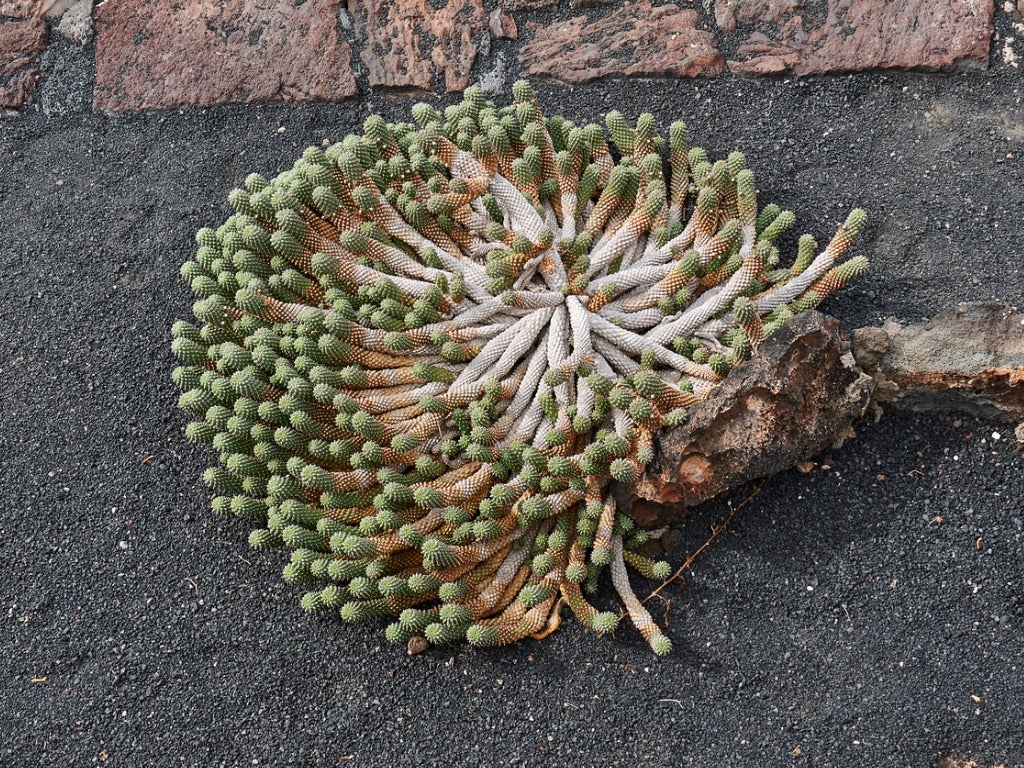

The genus Euphorbia boasts a number of fascinating and beautiful plants, and the Medusa’s Head euphorbia is one of the most unique. Medusa’s Head plants, native to South Africa, grow numerous grayish green, snake-like branches extending from a central hub that keeps the twisty, leafless branches supplied with moisture and nutrients. In perfect conditions, the plants can measure as much as 3 feet (1 m.) across, and yellowish green blooms appear around the hub in spring and summer. Want to learn how to grow a Medusa’s Head? Read on.
How to Grow a Medusa’s Head Euphorbia
You may be lucky enough to find Medusa’s Head plants (Euphorbia caput-medusae) at a garden center that specializes in cacti and succulents. If you have a friend with a mature plant, ask if you can have a cutting to propagate your own plant. Let the cut end dry for a few days to develop a callus before planting. Medusa’s Head euphorbia is suitable for growing outdoors in USDA hardiness zones 9b through 11. Euphorbia requires at least six hours of direct sunlight per day and tolerates temperatures in the low 90s (33-35 C.). However, afternoon shade is beneficial in hotter climates, as extreme heat may stress the plant. Well-drained soil is absolutely critical; these plants are likely to rot in soggy soil. This fascinating plant also does well in pots but requires a well-drained potting mix such as a mixture of pumice, coarse sand, and potting soil.
Euphorbia Medusa’s Head Care
Although Medusa’s Head is drought-tolerant, the plant benefits from regular moisture during summer and won’t tolerate long periods of drought. In general, one watering every week or so is enough. Again, be sure the soil drains well and never allow the soil to become waterlogged. Medusa’s Head plants in containers shouldn’t be watered during the winter months, although you can water the plant very lightly if it begins to look shriveled. Fertilize the plant monthly during spring and summer, using a water-soluble fertilizer mixed to half strength. Otherwise, caring for Medusa’s Head isn’t complicated. Watch for mealybugs and spider mites. Be sure the plant isn’t crowded, as good air circulation can prevent powdery mildew. Note: Be careful when working with Medusa’s Head plants. Like all Euphorbia, the plant contains sap that can irritate eyes and skin.
Gardening tips, videos, info and more delivered right to your inbox!
Sign up for the Gardening Know How newsletter today and receive a free copy of our e-book "How to Grow Delicious Tomatoes".

A Credentialed Garden Writer, Mary H. Dyer was with Gardening Know How in the very beginning, publishing articles as early as 2007.
-
 Looking For Plants To Give You The Soft And Fuzzies? Try These 5 Fuzzy Leaf Plant Options
Looking For Plants To Give You The Soft And Fuzzies? Try These 5 Fuzzy Leaf Plant OptionsLovers of texture, drama, silver foliage and tactile plants will adore these special sensory garden additions. These fuzzy leaf plant options will leave you all aglow
By Susan Albert
-
 Get Ready For A Summer Of Hummers! Grow These Full Sun Hummingbird Plants and Flowers
Get Ready For A Summer Of Hummers! Grow These Full Sun Hummingbird Plants and FlowersIf you’re lucky enough to enjoy a sunny backyard, make sure you are maxing out on your pollinator opportunities and grow these full sun hummingbird plants and flowers
By Tonya Barnett
-
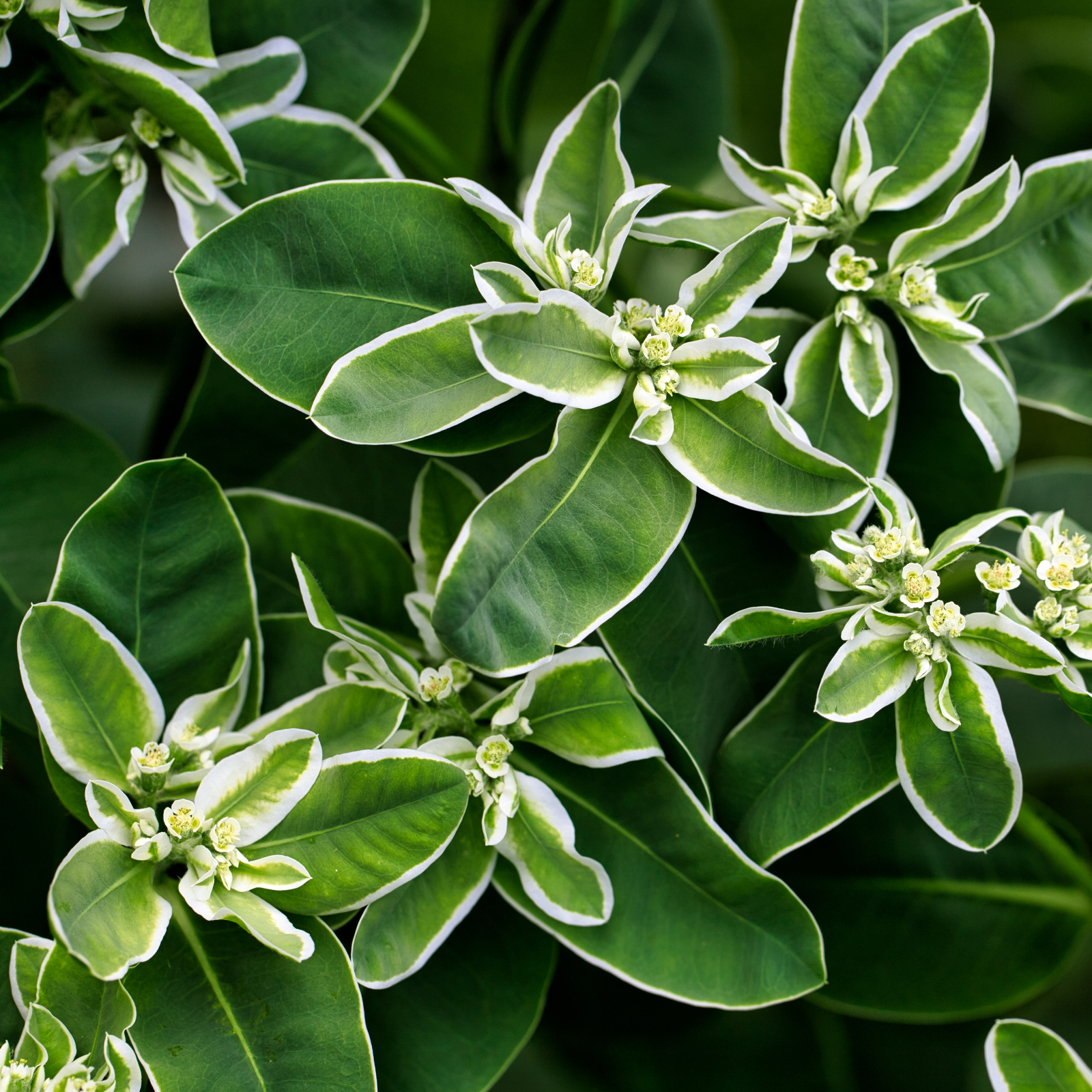 Snow On The Mountain (Euphorbia Marginata): Complete Care And Growing Guide
Snow On The Mountain (Euphorbia Marginata): Complete Care And Growing GuideSnow on the Mountain is a unique succulent plant that is native to North America. Learn all about Euphorbia marginata and how to care for it in your garden.
By Bonnie L. Grant
-
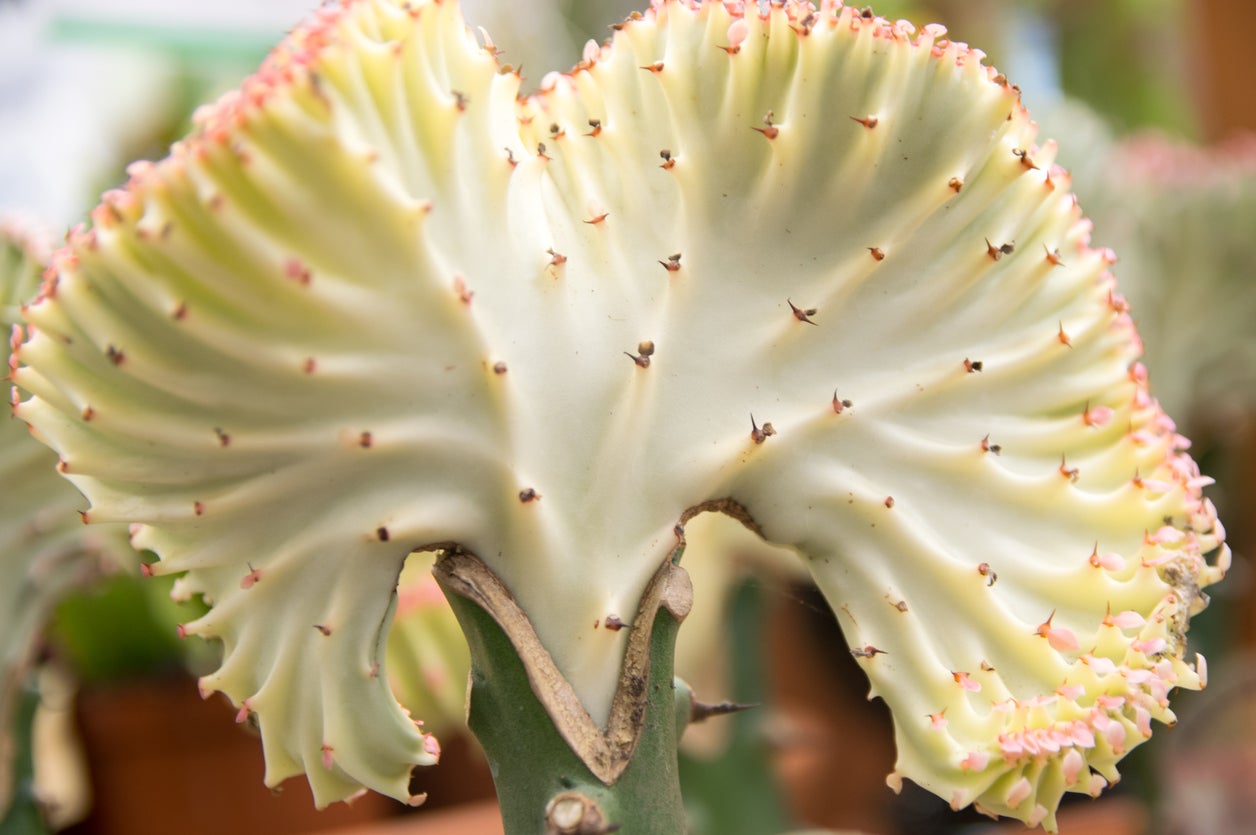 Euphorbia Stem Rot Issues – Reasons For A Rotting Candelabra Cactus
Euphorbia Stem Rot Issues – Reasons For A Rotting Candelabra CactusCandelabra cactus stem rot, also called euphorbia stem rot, is caused by a fungal disease. The tall stems of euphorbia begin to rot at the top of the limbs once the fungus takes hold. Click this article for more information about this disease.
By Becca Badgett
-
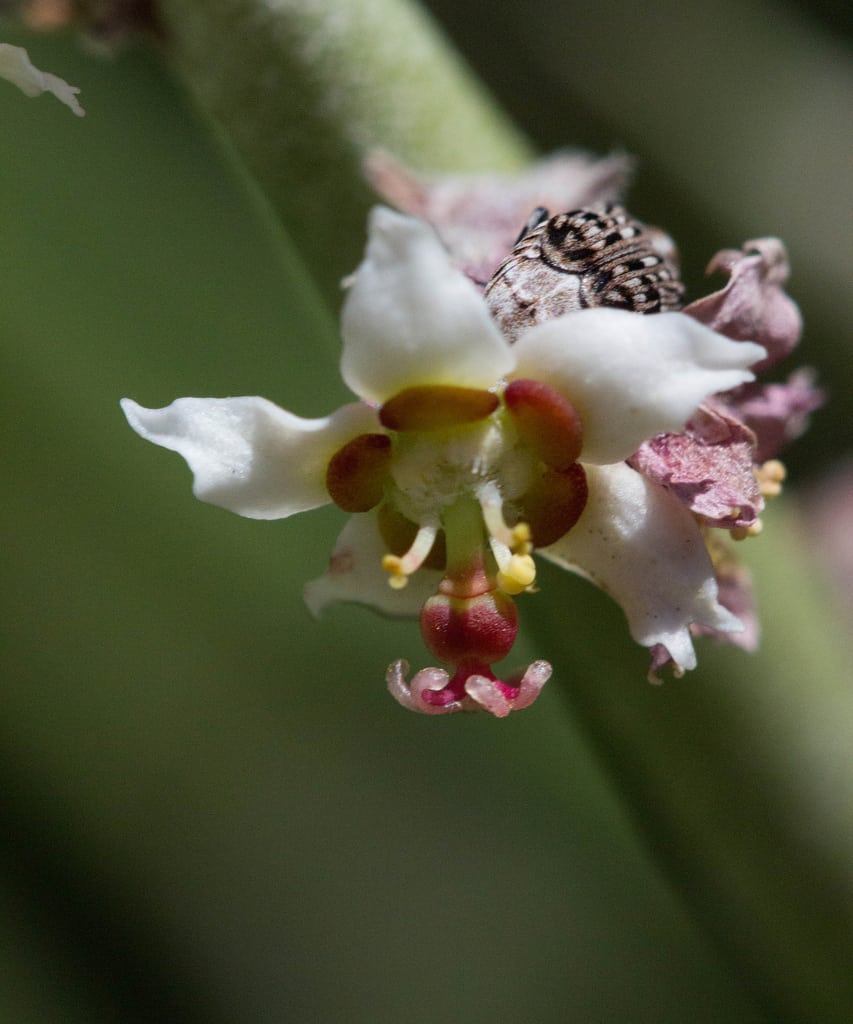 What Is A Candelilla Plant – How To Grow A Wax Euphorbia Succulent
What Is A Candelilla Plant – How To Grow A Wax Euphorbia SucculentSucculent lovers should definitely have a wax euphorbia succulent in their collection. There are no serious pests or disease associated with this plant and it has an ease of care which appeals to forgetful gardeners. Learn about growing a candelilla euphorbia here.
By Bonnie L. Grant
-
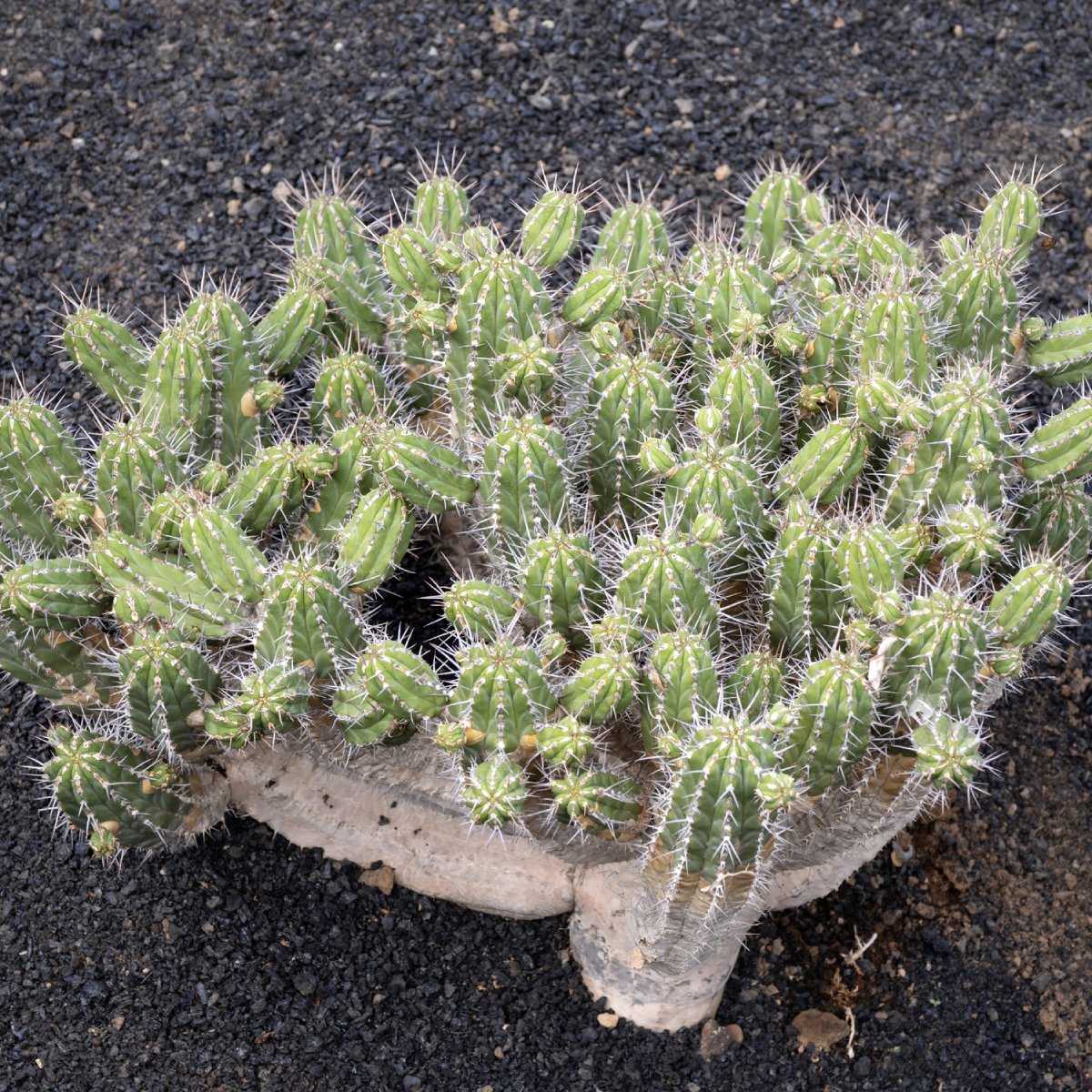 Moroccan Mound Succulents: How To Grow Euphorbia Resinifera Plant
Moroccan Mound Succulents: How To Grow Euphorbia Resinifera PlantBy Amy Grant
-
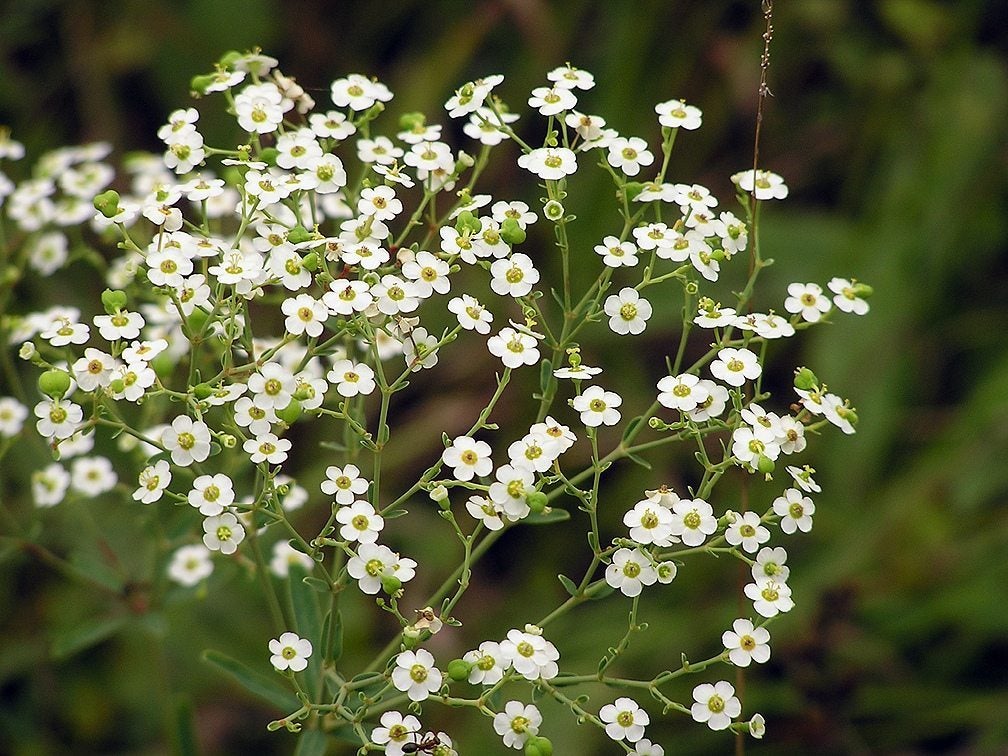 Flowering Spurge Info – Learn How To Grow Flowering Spurge Plants
Flowering Spurge Info – Learn How To Grow Flowering Spurge PlantsAlso known as baby's breath of the prairie, flowering spurge plants produce white, green-centered flowers from early summer to late summer. Growing flowering spurge isn't difficult as long as you can provide the right conditions. Click here to learn more.
By Mary H. Dyer
-
 Caring For Dragon Bone Plants – Learn How To Grow Dragon Bones
Caring For Dragon Bone Plants – Learn How To Grow Dragon BonesDragon bone euphorbia is an elegant and structurally unique plant that can live on the patio in summer as long as it is brought indoors before cool temperatures arrive. Learn more about the plant and how to grow it in this article.
By Bonnie L. Grant
-
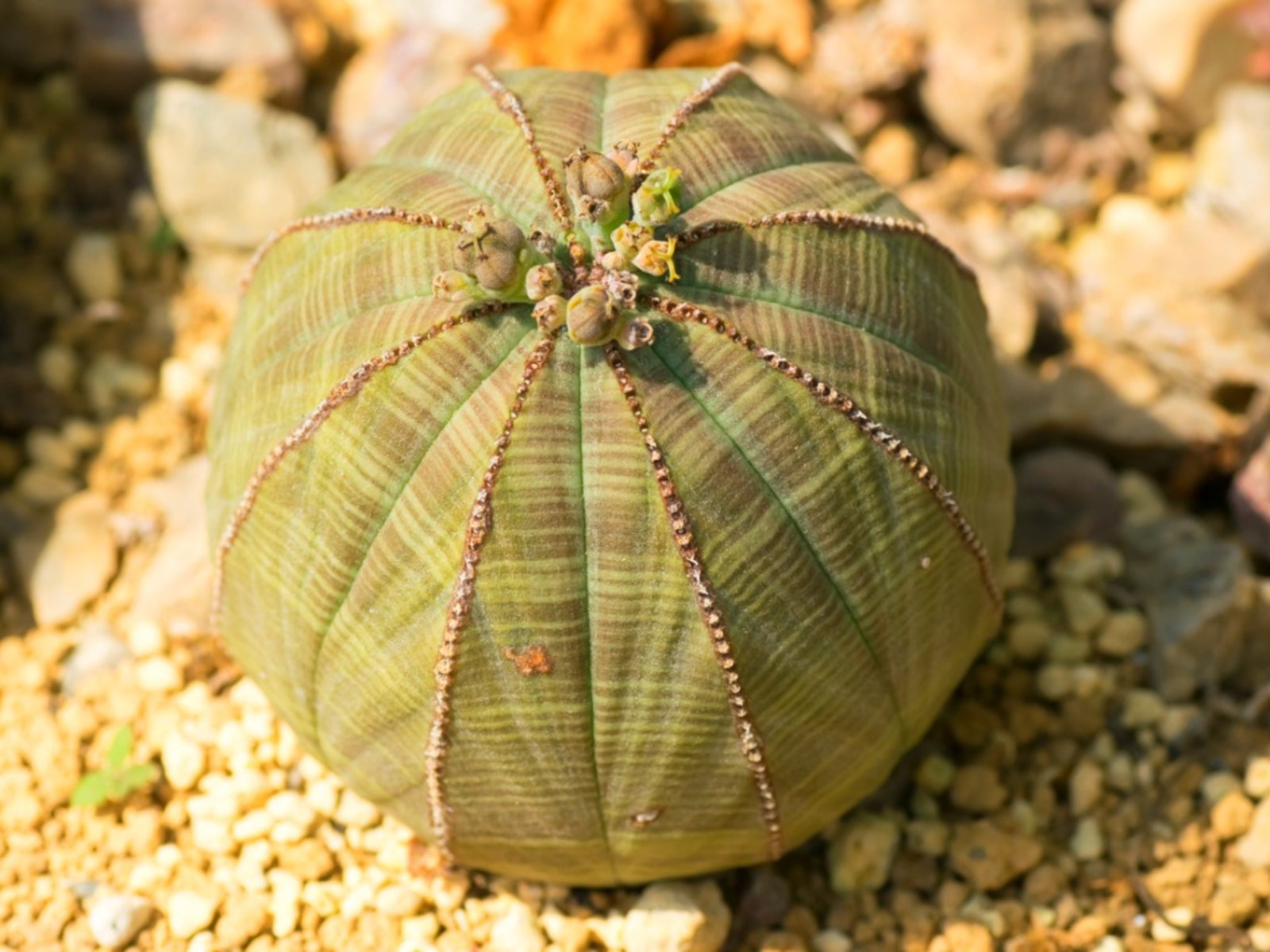 Baseball Plant Info: How To Grow Baseball Euphorbia
Baseball Plant Info: How To Grow Baseball EuphorbiaEuphorbia obesa, also called baseball plant, forms a ball-like segmented shape that is adapted to hot, arid climates. Euphorbia baseball plant makes an excellent houseplant and is low maintenance. Read here to learn more about it.
By Bonnie L. Grant
-
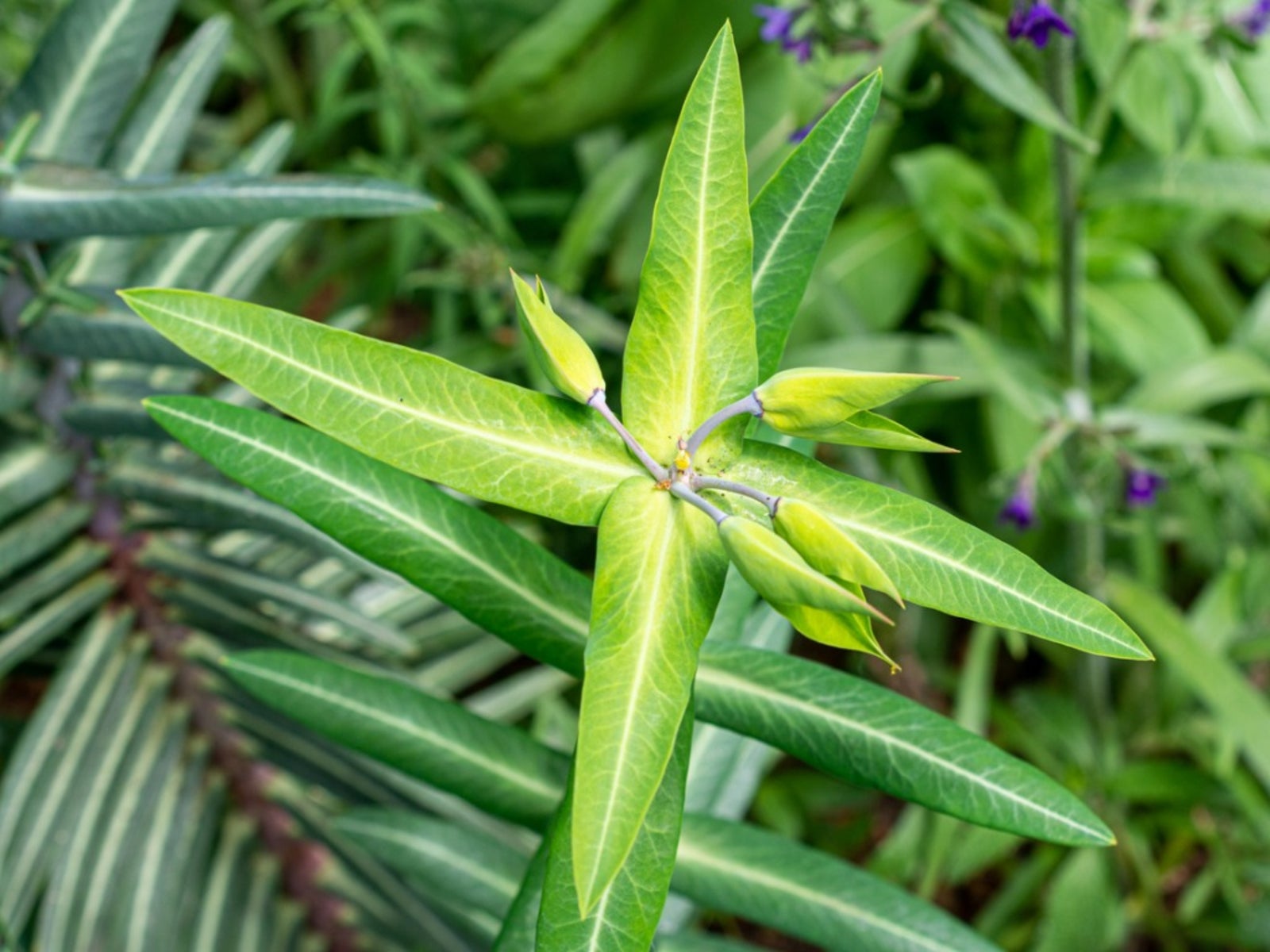 What Is Mole Plant Euphorbia: Information On Grow A Mole Spurge Plant
What Is Mole Plant Euphorbia: Information On Grow A Mole Spurge PlantYou've probably seen the mole plant euphorbia blooming in pastures or meadows, but if you're not familiar with the name, you may wonder, "What is a mole plant?". Read here to find out more.
By Becca Badgett